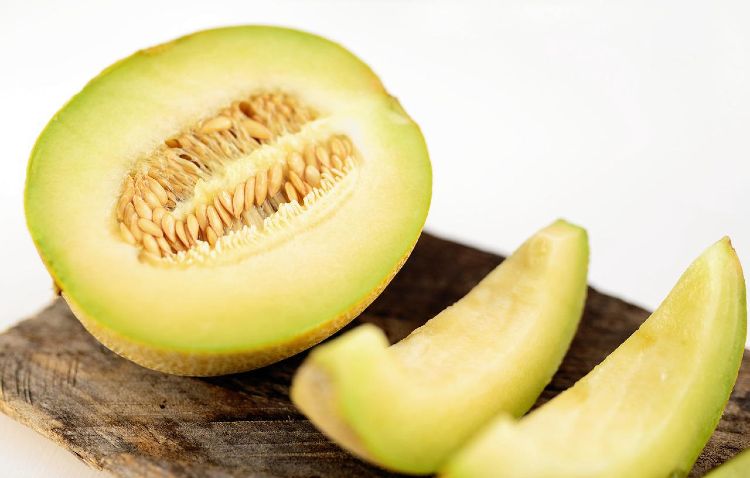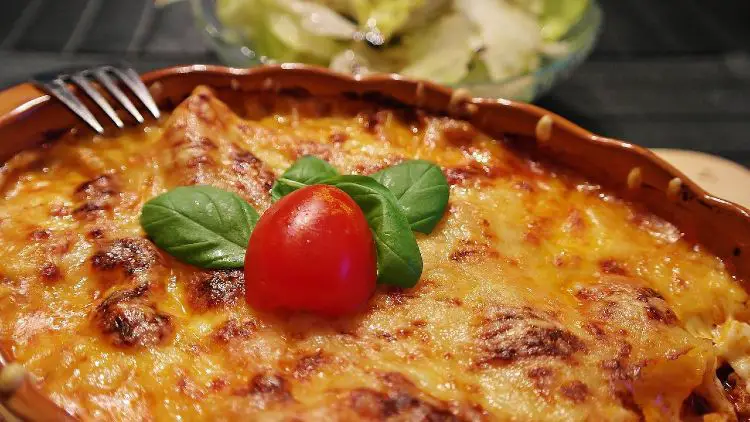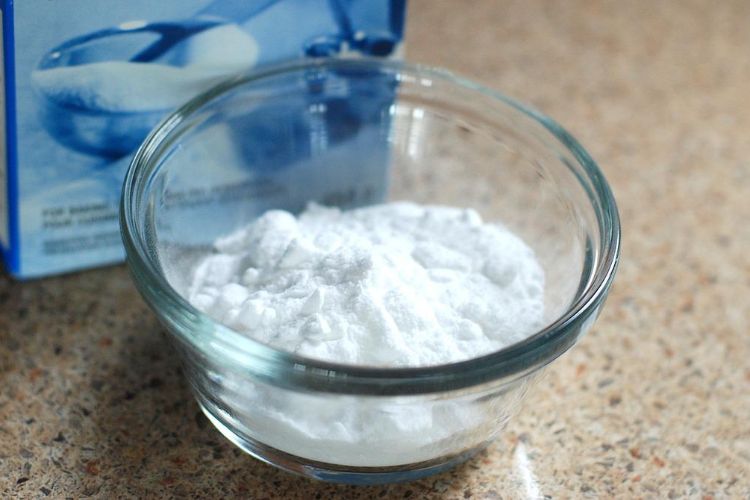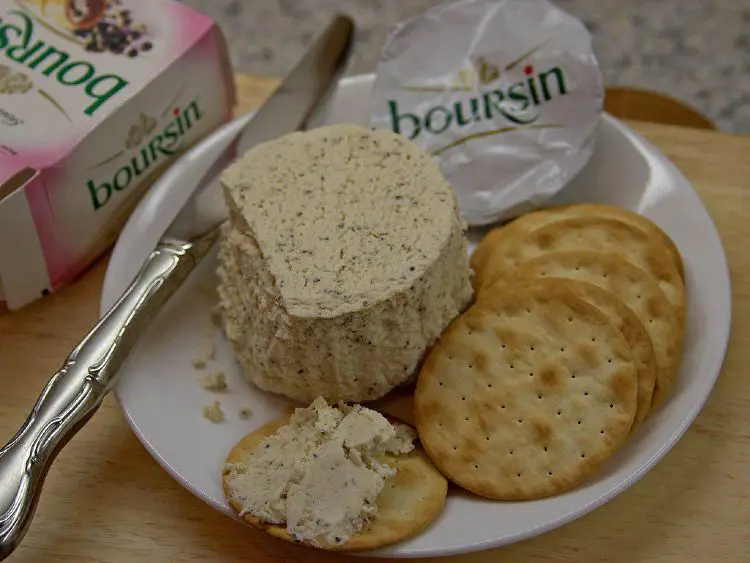A La Recherche Du Pain Perdu
Pain perdu (‘lost bread’), or more commonly French Toast or Eggy Bread, was a staple breakfast in our house when I was growing up in the 1970s and my mother was a dab hand at it. The savoury version, annointed with butter and seasoned with salt and pepper, was accompanied by a squeeze of HP sauce or, occasionally, tomato ketchup; the sweet one, which appeared more frequently, was simply heavily buttered while hot and sprinkled with sugar and a light dusting of cinnamon. In later years maple syrup would enter the picture for both versions, the savoury one accompanied now by rashers of bacon, a l’americaine.
When I left home and eventually began making pain perdu for myself it was more often than not disappointing and it took me a while to work out why. In the intervening years health consciousness had chivvied many of us into the realm of the wholemeal loaf. French toast, it seems blindingly obvious now, is best made with white bread, the lighter the better.
While the snack, which is medieval in origin, was conceived as a way to use up bread that had gone stale and crunchy, the super-refined white ‘pan’ loaf of the 1970s was ideal. Left-over hamburger buns also work well: just pare off the brown outer ‘crust’ with a sharp knife, dip the resulting disks of nothingness in egg beaten with a splash of whole milk, and fry in a little butter in a medium-hot pan for a minute a side. The interior of the toasts should retain a slight eggy wobble, not unlike a souffle. Many also swear by slices of stale baguettebread.
If making savoury pain perdu, white or black pepper (or cayenne) and a little garlic salt peps up the milk and egg mix. Other additives include finely grated parmesan and a pinch of oregano, or a dash of light soy, Worcester sauce or tabasco (or all three). For sweet toast a few drops of vanilla extract, a liqueur such as Grand Marnier or rum or even Irish whiskey provide luxurious bass notes. Grated orange zest can also be added at the soaking stage. Topping possibilities are inexhaustible but include maple syrup, golden syrup, runny honey, vanilla sugar, dulce de leche, macerated berries or poached plums or peaches (and whipped cream if you like).
No matter what kind of bread you use (from white pan to sourdough to brioche to panettone) it’s important not to overcook the toast thereby rendering it leathery. A lozenge of butter melting on the end result is essential.
And why stop at the single deck? Surely, your favourite sandwich can only be improved by the addition of an eggy envelope and the loving touch of the frying pan? Popular fillings chez nous include ham and cheese (cheddar or gruyere) and Elvis Presley’s infamous favourite, banana and peanut butter. Which brings me neatly to my own latest invention, something I like to call the ‘Marmito Delighto’.
This rich treat, an instant hit with most of my family, sits confidently at the centre of a relaxed weekend breakfast in amongst bacon, pudding and a well-grilled tomato.
I think it’s fair to say: you’ll either love it or hate it.
Ingredients to make one Marmito Delighto
Two rounds of bread
Soft cream cheese (Philadelphia for preference)
Marmite
Butter
1 egg lightly whisked with a splash of whole milk & a grind of black or white pepper
Method
Butter one round of bread and smear with Marmite. Slather cream cheese on the other slice, sandwich together and cut off crusts (if you prefer).
Bathe the bread sandwichin the egg mixture, turning over and making sure it’s fully saturated. Meanwhile heat a little butter and a drop of oil in a non-stick frying pan until the butter sizzles.
Slide the egg-soaked sandwich into the pan and fry for a minute or so per side. It should have a delicately crisp exterior and a meltingly savoury middle.
Author information
Kevin Smith’s new novel, “Jammy Dodger”, will be published in September 2012.
{ http://www.sandstonepress.com/title/jammy_dodger/ }




